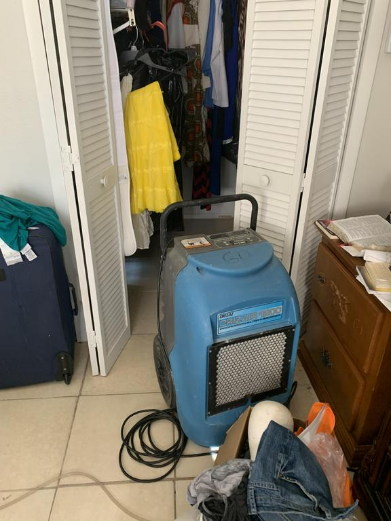
Living in sunny St. Petersburg, we're blessed with beautiful weather most of the year. But sometimes, paradise throws us a curveball. St. Petersburg experiences an average of 51 inches of rain annually, well above the national average.
That's a sobering statistic, and it highlights the importance of being prepared. Water damage can strike from various sources – a burst pipe, a leaky appliance, heavy rainfall, or even a malfunctioning irrigation system. Regardless of the cause, swift and effective water remediation strategies are crucial to minimize damage and safeguard your property.
Flood Pros USA has the expertise and equipment to handle large-scale water damage remediation and ensure your property is dried thoroughly and safely.
This blog equips you with the knowledge and steps necessary to tackle water damage in your St. Petersburg home.
Identifying the Source and Extent of the Problem
The first step is to identify the source of the water damage. This can be a leaky faucet, a broken pipe, or a roof leak. Once you've located the source, turn off the water supply if possible. This will help prevent further damage from occurring.
Next, assess the extent of the water damage. Walk through your property, checking walls, floors, ceilings, and underneath furniture for signs of moisture. Look for discoloration, warping, peeling paint, or musty odors. Be mindful that water damage can travel through walls and ceilings, so the affected area may be larger than initially apparent.
Taking Immediate Action to Mitigate Damage
Time is of the essence when dealing with water damage. The longer water sits, the more extensive the damage becomes. Here's what you need to do immediately:
· Turn off the water supply: Locate the main shut-off valve and turn off the water supply to your home. This will prevent further water intrusion and help contain the damage.
· Move belongings: Remove furniture, rugs, and other belongings from the wet area to prevent them from getting damaged.
· Open windows and doors: This will promote air circulation and help the drying process.
· Stop the source of the leak: If possible, address the source of the leak yourself. For example, if it's a leaky faucet, try tightening it. However, for more complex issues like a burst pipe, it's best to call a professional plumber.
Essential Water Removal Techniques
Once you've stopped the source of the water and contained the damage, it's crucial to remove the standing water as quickly and efficiently as possible. Here are some effective techniques:
· Wet vac: This is a powerful vacuum designed to remove large quantities of water. It's particularly effective for flooded floors and carpets.
· Shop vac: While not as powerful as a wet vac, a shop vac can be helpful for removing smaller amounts of water.
· Towels and sponges: They can be used to absorb water from smaller areas or spills. Remember to wring out towels frequently and dispose of them properly once saturated.
Thorough Drying Procedures to Prevent Mold Growth
Water damage creates a perfect environment for mold growth. Mold spores are present everywhere, but they only thrive in moist environments.
Here's why proper drying is critical:
· Prevents mold growth: Thorough drying eliminates the moisture that mold needs to survive.
· Minimizes structural damage: Standing water can cause warping, cracking, and rot in wood and other building materials.
· Protects indoor air quality: Mold growth can lead to respiratory problems and other health issues.
Effective Drying Techniques:
· Air movers: These high-powered fans create air circulation, which speeds up the drying process.
· Dehumidifiers: These devices remove moisture from the air, which helps to prevent mold growth and promote faster drying.
· Desiccants: These are absorbent materials that can help to remove moisture from the air.
It's crucial to maintain proper ventilation during the drying process. Open windows and doors whenever possible to allow for fresh air circulation.
Important Note: In cases of extensive water damage or if you suspect mold growth, it's highly recommended to contact a professional water damage restoration company like Flood Pros USA.
Restoring Your Property and Belongings
Once the affected area is dry, you can begin the process of restoring your property and belongings. This may involve cleaning, repairing, or replacing damaged items.
Cleaning and Disinfecting:
· Hard surfaces: Wash down walls, floors, and countertops with a mild detergent solution and water. For heavily contaminated areas, use a disinfectant.
· Soft furnishings: Upholstery and carpets may need professional cleaning or replacement if severely damaged.
· Personal belongings: Clean and disinfect items that can be salvaged. Discard anything that cannot be cleaned or restored.
Repairing and Replacing:
· Structural damage: Assess the extent of damage to walls, ceilings, and floors. You may need to repair or replace drywall, flooring, and paint.
· Furniture and appliances: Repair or replace damaged furniture and appliances as needed. Consider hiring a professional restoration company to handle complex repairs.
· Electronics: Electronics that have come into contact with water should be inspected by a professional technician.
Salvaging Belongings:
· Photographs and documents: If exposed to water, carefully dry these items between absorbent paper towels. Consider freezing wet photos to prevent further damage.
· Clothing and textiles: Clean and dry clothing and textiles as soon as possible. For delicate items, professional cleaning may be necessary.
· Furniture and upholstery: Clean and dry furniture and upholstery thoroughly. Consider professional cleaning for upholstered items.
Preventing Future Water Damage Incidents
Preventing future water damage is essential to protect your home and belongings. Here are some tips:
· Regular inspections: Conduct regular inspections of your plumbing system, roof, and appliances to identify potential problems early on.
· Maintenance: Keep your plumbing system and appliances in good working condition through regular maintenance.
· Emergency preparedness: Develop a water damage emergency plan and share it with your family.
· Install water alarms: Water alarms can alert you to leaks and water damage before it becomes a major problem.
· Proper drainage: Ensure proper drainage around your home to prevent water accumulation during heavy rain.
Call Flood Pros USA for Expert Water Damage Restoration
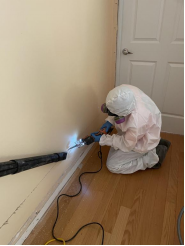
If you experience water damage in your St. Petersburg home, don't hesitate to contact Flood Pros USA. Our team of professionals is available 24/7 to provide prompt and efficient water damage restoration services. We understand the stress and disruption caused by water damage, and we're committed to helping you restore your property to its pre-loss condition.
With our expertise and state-of-the-art equipment, we can handle water damage of any size. We'll work diligently to extract water, dry your property thoroughly, and restore your belongings. Our goal is to minimize the impact of water damage and get your life back to normal as quickly as possible.
Contact Flood Pros USA today for an estimate and to learn more about our water damage restoration services.
By following these effective water remediation strategies and seeking professional help when needed, you can protect your St. Petersburg property from the devastating effects of water damage.
Tags
Subscribe to Flood Pros USA's Blog


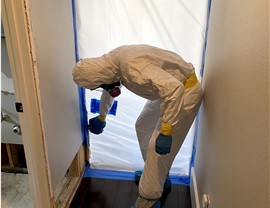
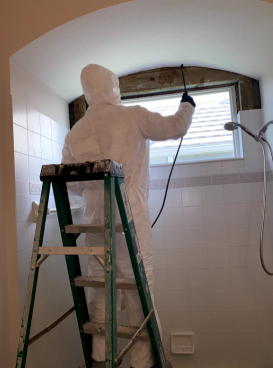
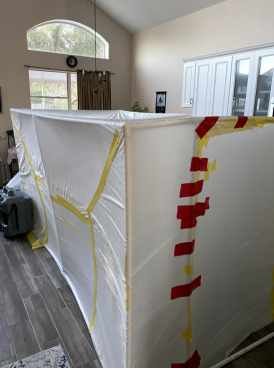
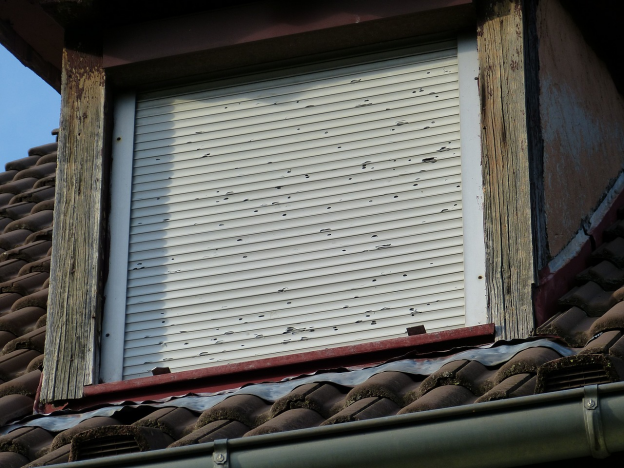

Comments